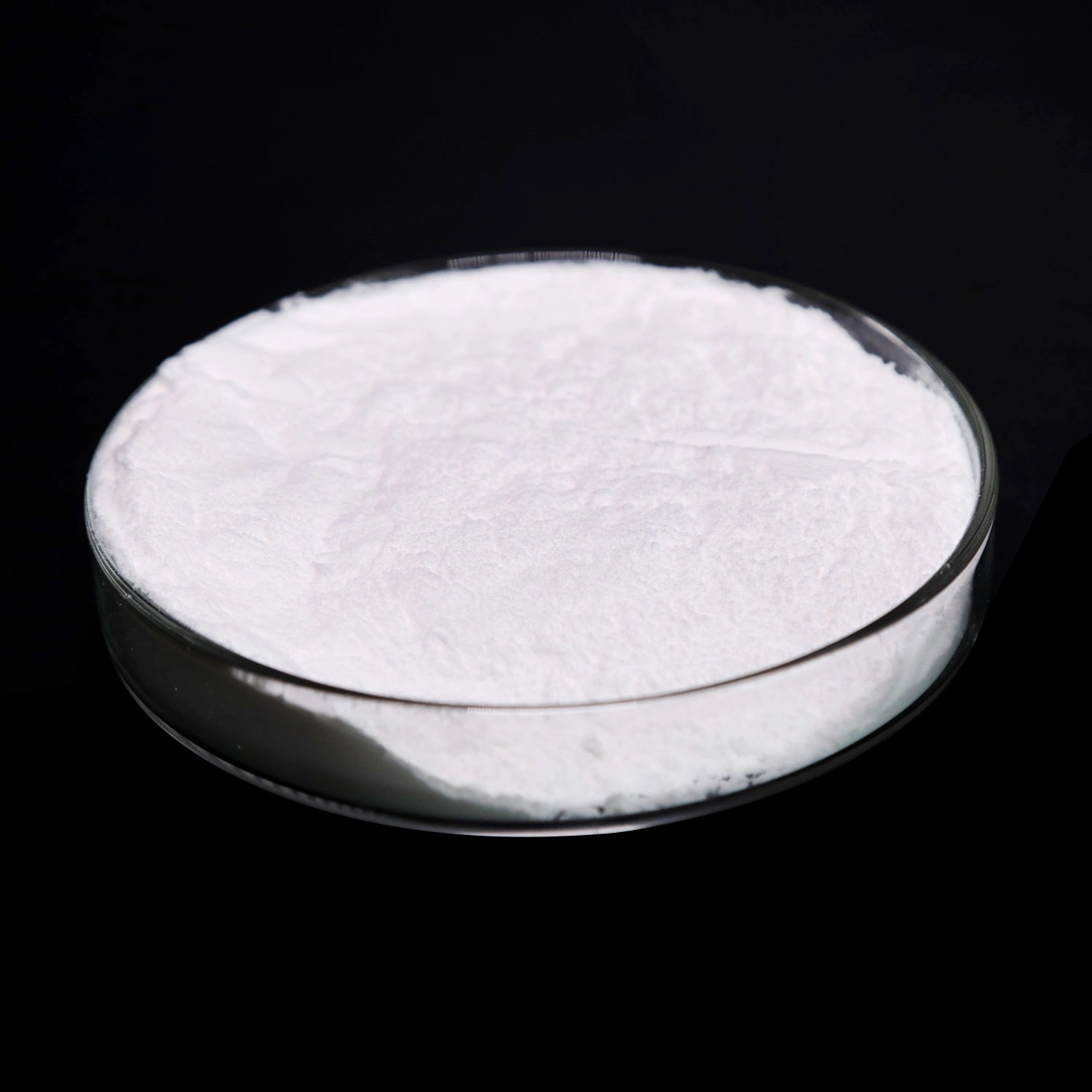Product Description
1,3-Dichloroacetone CAS 534-07-6
-
534-07-6
-
-
Entrepreneur
-
White powder
-
98% Min

Product Name: 1,3-Dichloroacetone
CAS Number: 534-07-6
Chemical Formula: C3H4Cl2O
Molecular Weight: 126.97
Appearance: White powder
Purity: 98.0%min
Solubility: Insoluble in water; very soluble in alcohol.
Density: 1.3826 g/cm3
Boiling Point: 173.4 °C
Flash Point: N/A
Melting Point: 45 °C
Vapour: <0.1 mm Hg ( 20 °C)
Refractive Index: 1.4400
SMILES: C(CCl)(CCl)=O
InChI Key: InChIKey=SUNMBRGCANLOEG-UHFFFAOYSA-N
Other Names:
Bis(chloromethyl) ketone
1,3-Dichloro-2-propanone
2-Propanone, 1,3-dichloro-
α,γ-Dichloroacetone
DCA
Description:
1,3-Dichloroacetone, also known as DCA, is an organic compound with the chemical formula C3H4Cl2O. It is a white powder with a pungent odor. It is primarily used as an intermediate in the synthesis of various chemicals and pharmaceuticals.
1,3-Dichloroacetone is highly reactive due to the presence of the α,β-dichloroketone functional group. It undergoes various chemical reactions, such as nucleophilic additions and substitutions. It is also known for its use as a reagent in organic synthesis, particularly in the preparation of complex organic compounds.
Due to its toxic nature and potential health hazards, proper handling and safety precautions should be taken when working with 1,3-Dichloroacetone. It is important to follow appropriate safety guidelines, including the use of protective equipment and proper ventilation.
It is worth noting that 1,3-Dichloroacetone is a regulated substance in many jurisdictions due to its potential environmental and health impacts. Therefore, its use and handling should comply with relevant regulations and guidelines to ensure safe and responsible practices.
Features:
1. Physical Properties: 1,3-Dichloroacetone is a white powder with a characteristic pungent odor. It has a molecular formula of C3H4Cl2O and a molecular weight of 126.97.
2. Reactivity: DCA is highly reactive due to the presence of chlorine atoms attached to the carbonyl carbon. It readily undergoes various chemical reactions, including nucleophilic additions and substitutions.
3. Versatile Synthesis Intermediate: 1,3-Dichloroacetone serves as a valuable intermediate in the synthesis of numerous organic compounds, including pharmaceuticals, agrochemicals, and specialty chemicals. Its reactivity allows for the introduction of diverse functional groups and structural modifications.
4. Hazardous Nature: It is important to note that 1,3-Dichloroacetone is a hazardous substance. It can cause severe irritation to the skin, eyes, and respiratory system. Prolonged or excessive exposure to DCA may have adverse health effects. Therefore, strict safety precautions, proper ventilation, and personal protective equipment (PPE) should be employed when handling this compound.
5. Regulatory Controls: Due to its hazardous properties, the production, use, storage, and transportation of 1,3-Dichloroacetone are subject to stringent regulations and safety guidelines in many jurisdictions. Compliance with these regulations is essential to ensure safe handling and minimize potential risks.
Applications:
1. Chemical Synthesis:
DCA is widely used as a building block and intermediate in organic synthesis. It serves as a precursor for the synthesis of various compounds, including pharmaceuticals, agrochemicals, dyes, and specialty chemicals. Its reactivity allows for the introduction of functional groups and the formation of complex molecular structures.
2. Polymer Industry:
DCA can be employed in the production of polymers and polymer additives. It is used as a monomer or a reactant in polymerization reactions to create polymers with desired properties and functionalities. Additionally, DCA can be utilized as a crosslinking agent or a component in resin formulations.
3. Research and Development:
Due to its unique reactivity and functional groups, 1,3-Dichloroacetone is utilized in research laboratories for various chemical reactions and exploratory syntheses. It provides chemists with a versatile tool for designing and modifying organic compounds.
4. Laboratory Reagent:
DCA is commonly used as a reagent in chemical laboratories for specific reactions, such as nucleophilic additions, substitutions, and condensations. Its controlled reactivity and availability make it a valuable reagent for certain experimental procedures.
Storage: Stored in a cool, dry, and well-ventilated area. In tightly sealed containers.
Package: 25kg/bag or as per your particular request.